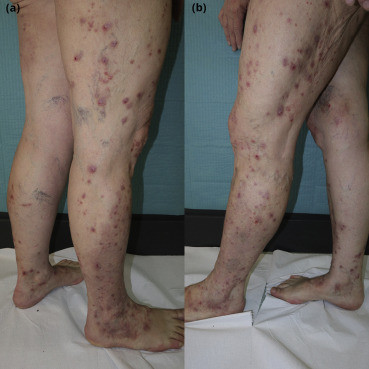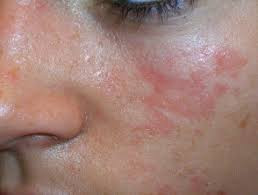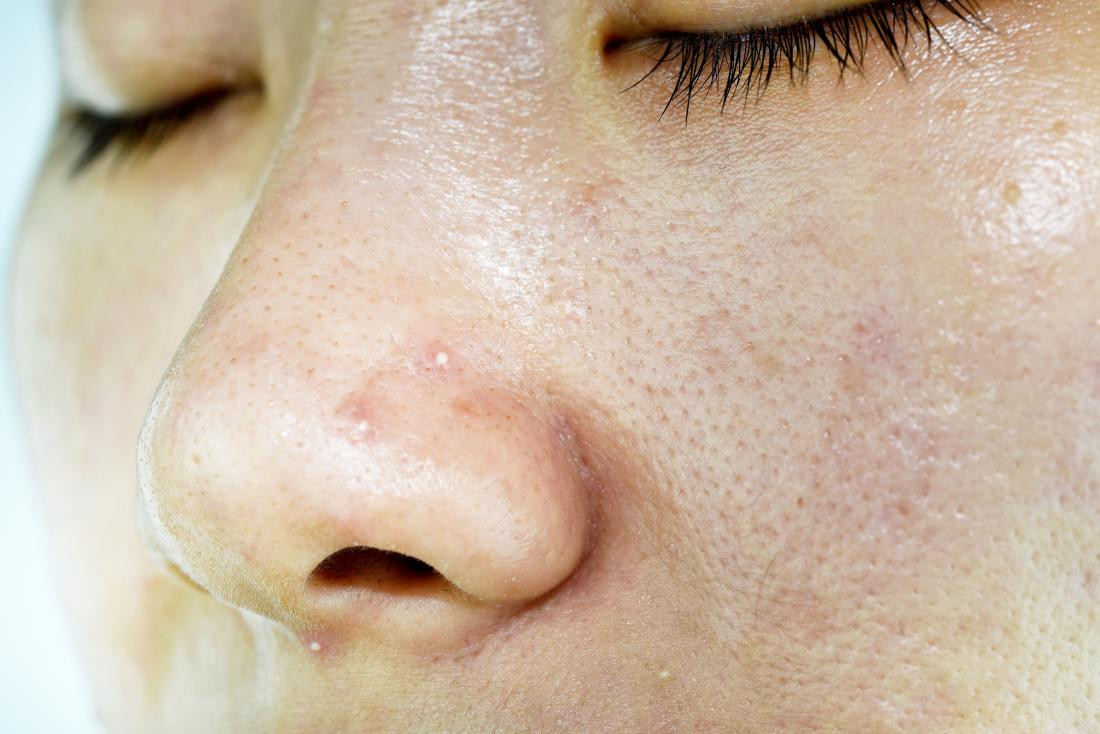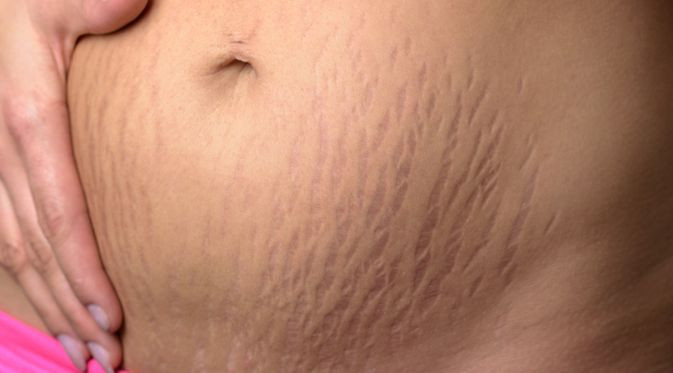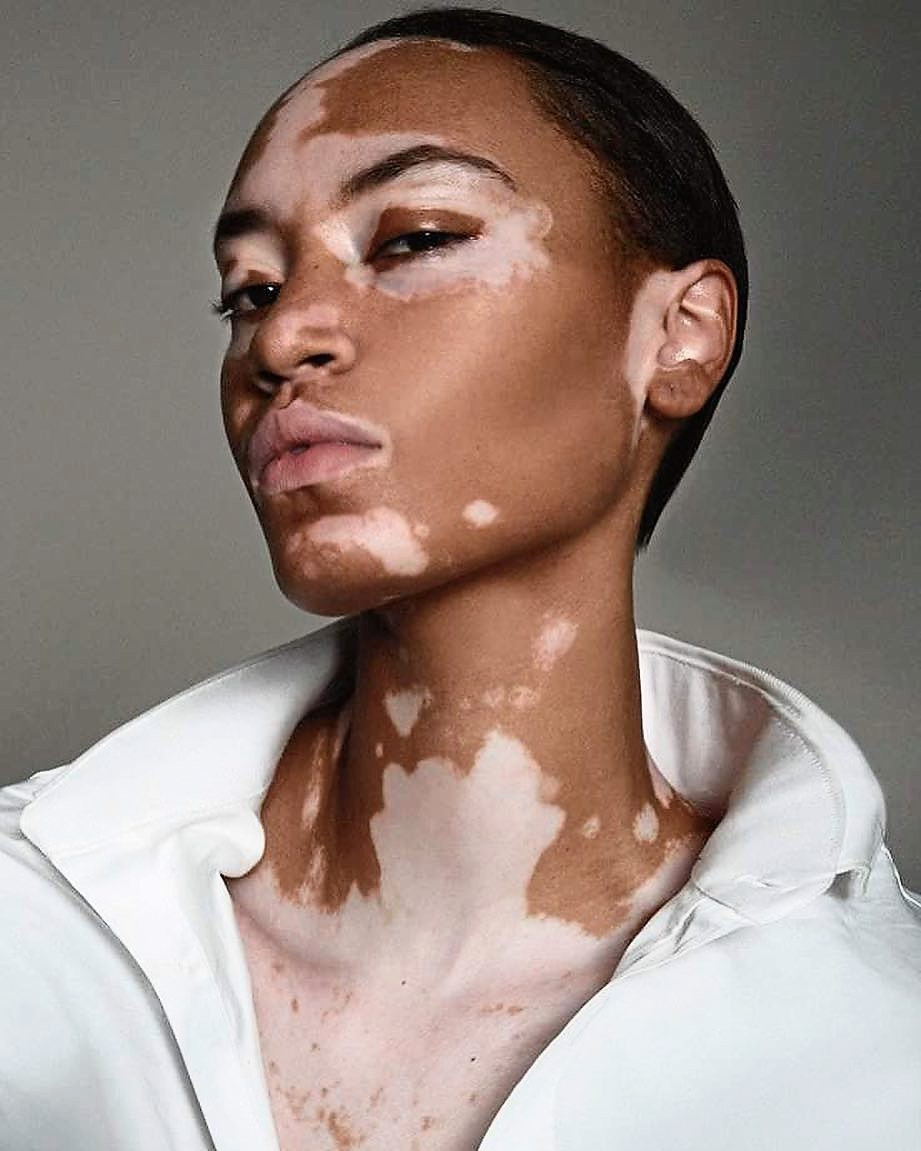Definisi
Prurigo nodularis adah penyakit peradangan kulit kronis (jangka panjang) yang ditandai dengan ruam kulit yang simetris dan sangat gatal. Rasa gatal bisa sangat intens sehingga sering mengganggu tidur dan aktivitas sehari-hari.
Penyebab
Penyebab prurigo nodularis belum diketahui pasti, namun diperkirakan akibat gangguan fungsi sistem imun dan saraf pada kulit. Pada pemeriksaan mikroskopis dari biopsi kulit orang dengan prurigo nodularis, ditemukan peningkatan serat saraf pada kulit sehingga terjadi peningkatan sensasi gatal yang memicu garukan. Garukan yang terus-menerus juga dikatakan dapat menimbulkan perubahan pada kulit seperti penebalan kulit.
Dibandingkan dengan orang sehat, kulit penderita prurigo nodularis memiliki lebih banyak sel imun yang memproduksi zat kimia yang terlibat dalam respon peradangan yang berkontribusi pada peningkatan rasa gatal.
Prurigo nodularis dapat muncul sendiri atau berhubungan dengan penyakit lain seperti:
- Penyalit kulit. Prurigo nodularis paling sering ditemukan pada orang dengan penyakit kulit lain yang bersifat gatal, seperti eksim (dermatitis atopik atau alergi), liken planus, xerosis kutis (kulit kering), keratoakantoma (tumor kulit), dan pemfigoid bulosa.
- Infeksi. Infeksi yang berkaitan dengan prurigo nodularis meliputi infeksi bakteri tuberculosis dan H. pylori, infeksi virus herpes zoster, hepatitis C, HIV, serta infeksi cacing.
- Kondisi saraf tertentu. Penyakit saraf yang menyebabkan prurigo nodularis berhubungan dengan kerusakan saraf, misalnya pada herpes atau cacar api, polineuropati, kulit sensitif dan gatal pasca luka bakar.
- Kondisi kejiwaan. Penyebab kejiwaan dari prurigo nodularis meliputi gatal psikologis, yang merupakan sensasi gatal yang berkaitan dengan depresi, kecemasan, dan gangguan disosiatif yang menyebabkan garukan berlebihan yang kemudian mengakibatkan perubahan kulit yang berhubungan dengan prurigo nodularis.
- Kondisi medis lain, seperti diabetes, penyakit ginjal kronis, penyakit hati, penyakit tiroid, gangguan hormon, asam urat, anemia kekurangan zat besi, polisitemia vera (kanker darah), amiloidosis (terjadi penumpukan protein amiloid) , HIV/AIDS, beberapa tipe kanker, terutama mielodisplasia, kanker darah (leukemia, limfoma Hodgkin’s dan non-Hodgkin’s, myeloma multipel), kanker kandung kemih, kanker paru, kanker saluran cerna, dan kanker saluran reproduksi wanita.
Beberapa obat-obatan juga dapat menyebabkan prurigo nodularis, yaitu kemoterapi seperti pemborolizumab, paclitaxel, dan karboplatin. Prurigo nodularis diperkirakan timbul akibat aktivasi sistem imun pasca terapi.
Faktor Risiko
Prurigo nodularis dapat terjadi pada usia berapa pun namun lebih sering pada orang tua, terutama pada usia 40 sampai 69 tahun. Kondisi ini menyerang semua jenis kelamin, namun lebih sering pada wanita dibandingkan dengan pria. Penderita HIV lebih sering terkena prurigo nodularis dibandingkan dengan orang normal. Etnis dan gen berperan dalam terjadinya prurigo nodularis. Individu etnis Afrika-Amerika 3,4 kali lebih mungkin terkena prurigo nodularis dibandingkan dengan orang berkulit putih.
Ketika prurigo nodularis terjadi pada usia muda, maka lebih mungkin jika terdapat penyakit peradangan kulit lainnya yang berkaitan, biasanya eksim (dermatitis atopi atau alergi).
Gejala
Ruam prurigo nodularis memiliki bentuk yang bervariasi antar orang dan diperkirakan terbentuk akibat garukan yang berlebihan dan berlangsung lama, serta mengopek kulit akibat sensasi gatal yang intens, rasa terbakar, dan tersengat. Gatal pada prurigo nodularis biasanya bersifat intens, berlangsung dalam episode namun dapat juga terus-menerus, dan berlangsung lama, lebih dari 6 minggu. Gatal biasanya bertambah berat ketika berkeringat, cuaca panas, dan stres.
Jumlah ruam dapat bervariasi dari hanya beberapa sampai ratusan. Ukuran ruam pun bervariasi dari 1/2 cm sampai 2 cm. Ruam biasanya tersebar simetris dan dapat tampak sebagai bintik padat berbentuk kubah, benjolan yang lebih besar, ataupun plak.
Area kulit yang terkena prurigo nodularis akan menebal karena protein keratin yang terdapat pada kulit akan menjadi sangat banyak. Analogi ini sama dengan pembentukan mata ikan dan kapalan, serta penebalan kulit pada kondisi kulit seperti eksim, dimana kulit mengalami penebalan karena garukan yang berulang.
Prurigo nodularis dapat berwarna merah kecoklatan, merah muda, kemerahan, cokelat, atau kehitaman. Kondisi ini paling sering ditemukan pada bagian belakang kulit kepala, perut, punggung, lengan, dan tungkai. Punggung bagian tengah biasanya terbebas dari gejala, diperkirakan karena area ini sulit digaruk.
Diagnosis
Diagnosis prurigo nodularis biasanya ditegakkan oleh dokter kulit berdasarkan gejalanya dan respon terhadap pengobatan. Namun, oleh karena gejalanya mirip dengan kondisi lain yang menyebabkan gatal intens, maka kondisi ini sering salah terdiagnosa menjadi penyakit kulit lain. Dokter biasanya akan menggunakan kaca pembesar dengan bantuan cahaya ke kulit untuk memeriksa struktur kulit. Untuk diagnosis yang akurat dan membedakannya dari penyakit lain yang mirip, maka dapat dilakukan pemeriksaan biopsi kulit untuk melihat sampel ruam di bawah mikroskop.
Setelah diagnosis prurigo nodularis ditegakkan, maka dokter akan melakukan pemeriksaan darah lengkap, pemeriksaan metabolik yang meliputi tes fungsi hati dan ginjal, pemeriksaan tiroid, dan lain-lain yang berfungsi untuk menemukan adanya penyakit yang berkontrubusi terhadap timbulnya prurigo nodularis.
Tata Laksana
Gejala prurigo nodularis membutuhkan terapi medis dan biasanya gejala tidak dapat hilang secara spontan tanpa terapi. Saat ini tidak ada terapi untuk prurigo nodularis yang sudah disetujui oleh Food and Drug Administration (FDA). Terapi untuk prurigo nodularis biasanya dengan menggunakan obat-obatan yang digunakan untuk penyakit kulit lain.
Obat oles dan obat yang disuntikan ke daerah ruam dapat digunakan untuk prurigo nodularis. Obat oles meliputi kortikosteroid, penghambat kalsineurin (obat penekan sistem kekebalan tubuh), dan vitamin D. Sementara itu, terapi suntik dapat menggunakan kortikosteroidd.
Selain obat, terapi perilaku juga dapat dilakukan untuk mencegah garukan dan kulit kering, misalnya dengan memotong kuku menjadi pendek, memakai pakaian lengan panjang dan sarung tangan, membungkus kulit yang gatal, membersihkan kulit dengan lembut, menjaga kelembapan kulit menggunakan pelembap yang tidak iritatif, serta menghindari lingkungan hangat untuk mengurangi keringat. Dokter akan memberikan krim antigatal yang mengandung kalamin, mentol, dan kamfor.
Jika terapi awal tidak berhasil, maka dapat dilakukan krioterapi (terapi menggunakan suhu dingin untuk membuang tumor), fototerapi (terapi menggunakan cahaya), dan obat-obatan untuk mengontrol gejala. Terapi lainnya meliputi obat antidepresan, gabapentin (obat gangguan saraf), obat antikejang, dan sedatif (obat tidur), terutama jika terdapat kesulitan tidur akibat gatal malam hari. Obat-obatan ini jika dikombinasikan dengan psikoterapi dan terapi relaksasi yang dapat membantu mengontrol efek psikologis dari prurigo nodularis.
Komplikasi
Komplikasi dapat terjadi jika ruam terinfeksi oleh bakteri. Luka yang sudah sembuh dapat meninggalkan bekas dan warna yang menggelap, sehingga dapat menyebabkan penderita menjadi tidak percaya diri.
Pencegahan
Sampai penyebab pastinya diketahui, sulit untuk mencegah prurigo nodularis. Tidak menggaruk kulit dapat merupakan satu-satunya cara untuk mencegahnya. Jika Anda memiliki faktor risiko untuk prurigo nodularis seperti faktor genetik atau adanya penyakit tertentu, maka amatilah kulit Anda dari waktu ke waktu. Jika terdapat gatal-gatal di kulit, segera lakukan konsultasi ke dokter. Cobalah untuk menghentikan siklus gatal-garuk sebelum siklus benar-benar terbentuk dan sulit untuk dihentikan
Kapan Harus ke Dokter ?
Berkonsultasilah pada dokter jika terdapat gatal yang tidak kunjung hilang. Pengobatan lebih dini dapat meminimalkan terjadinya komplikasi dan memperbaiki kualitas hidup sehari-hari.
Mau tahu informasi seputar penyakit lainnya? Cek di sini, ya!
- dr Nadia Opmalina
Prurigo Nodularis - NORD (National Organization for Rare Disorders). (2022). Retrieved 20 June 2022, from https://rarediseases.org/rare-diseases/prurigo-nodularis/
What is Prurigo Nodularis? Symptoms, Pictures, and More. (2022). Retrieved 20 June 2022, from https://www.healthline.com/health/what-is-prurigo-nodularis#causes
Mullins, T., Sharma, P., Riley, C., & Sonthalia, S. (2022). Prurigo Nodularis. Retrieved 20 June 2022, from https://www.ncbi.nlm.nih.gov/books/NBK459204/


